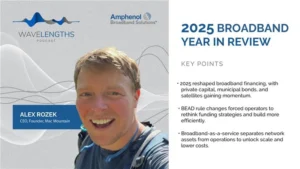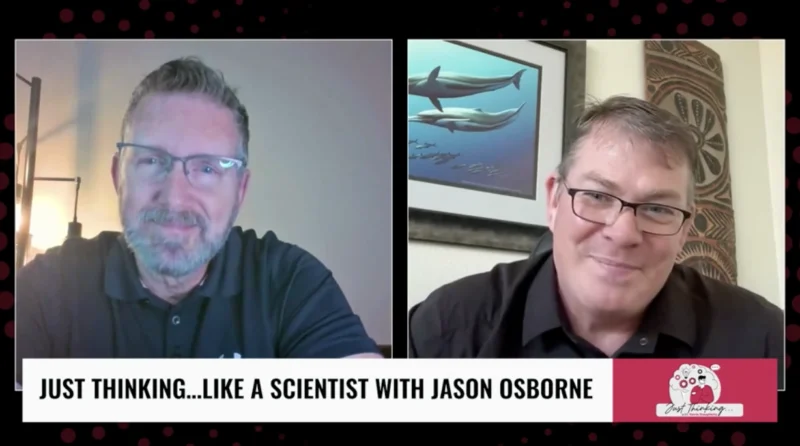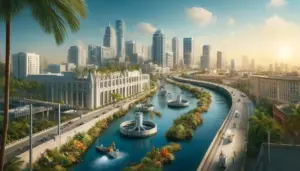TMC Vibration Control Contributes To Groundbreaking Cancer Research
TMC Vibration Control has partnered with the Oregon Health and Science University (OHSU) to help stabilize the advanced microscopes OHSU researchers use to study the nanobiology of cancer.
TMC’s technology is essential for high-resolution imaging and accurate scientific research. Vibrations in the environment, such as from traffic, can cause the imaging equipment to shake, which can lead to blurred or distorted images.
The ability to study cells and tissues at the nanoscale level is essential for understanding how they function and how diseases like cancer progress. Understanding these diseases could save millions of lives. In 2023, about 1.9 million new cancer cases are expected to be diagnosed in the U.S. alone. According to the World Health Organization, cancer is a leading cause of death around the world.
TMC Vibration Control is crucial in enabling researchers, like those at OHSU, to develop a deeper understanding of the molecular and cellular mechanisms of disease, ultimately leading to improved diagnosis, treatment, and prevention of diseases.
Some of the researchers at OHSU, including Claudia S. Lopez, Ph.D., Jessica Riesterer, Ph.D. and Dr. Joe W. Gray, Ph.D., and Mike Georgalis, the North American Sales Manager for TMC, explain more about how OHSU and TMC work together to enable the groundbreaking research needed to cure cancer.
Claudia, Jessica, Joe and Mike’s Thoughts:
Claudia: OHSU is Oregon Health and Science University. It’s an academic institution and also a big hospital that serves the Oregon community. At the same time, it has a big research component in the basic science and also in the translational field. Both the local OHSU multiscale Microscopy Core and the Pacific Northwest Cryo-EM Center share the same facility in the basement of the Robertson Life Science Building at OHSU. Access to those facilities is different. While the local facility is a fee for service, the NIH Center is at no cost for those, all of those users having approved projects.
Jessica: As a staff scientist, I assist a lot of the projects as part of the Knight Cancer Institute in looking at the nanobiology of cancer. There’s a big push to look at how cancer cells are organized with their architecture at the cellular level, and so we need the highest resolution in order to do that.
Joe: One of the opportunities with the technologies that we have is to be able to see with few nanometer resolution the features that make up these cells and tissues. The challenge here, of course, is to make these measurements using technologies that run over periods of days to generate the dataset.
Claudia: Having all these microscopes in a good environment is essential. These instruments are very sensitive to vibration, to noise, and to electromagnetic interference.
Jessica: Environmental noise has affected our data, especially in this building. We are surrounded by the light rail, the river, the streetcar. That all affects our imaging.
Claudia: All of our electron microscopes are installed over TMC tables, and that has proven to be essential to be able to operate these instruments at their highest performance possible.
Mike: OHSU deployed the Stasis Active Piezoelectric Cancellation System, which contains sensors inside, which monitor the state of the system, and through active feedback control, they operate piezoelectric actuators, which expand and contract, essentially equally and opposite to the vibration that’s sensed.
Claudia: TMC has helped us mitigate all the vibrations that we have in this facility. On the TMC tables, we are at zero vibrations, which is essential for especially the high-end instruments that we have in the facility.
Jessica: TMC’s vibration control has allowed us to image at the highest resolution, including the nanoscale, and without that, we’d have skewed data.
Joe: We have finally gotten to the point in measurement science that we are able to define the components in the organizations of cells and tissues, and I think it’s going to give us a lot of insight as to how the components work together to actually produce the functions that we observe in the cells and tissues that we look at in the light microscope. So it’s an exciting time, lots to learn, a lot of challenges in terms of interpreting the data, but the measurement tools are there, and I think it’s going to be fun to watch how the field evolves.
Jessica: Cancer affects everyone. Everyone knows someone who’s had it or has it, and to be able to stop that for both the patient and for their loved ones would be life-changing.
Mike: What makes me proud about being at TMC and partnering with organizations like OHSU is that we get to be a small part of the groundbreaking research that’s being performed by Claudia and her colleagues that really has the potential to make an impact on a larger scale.









